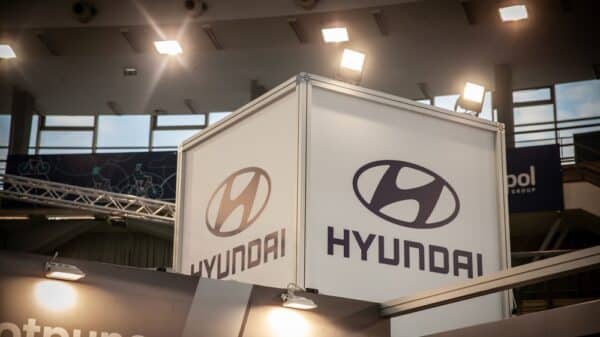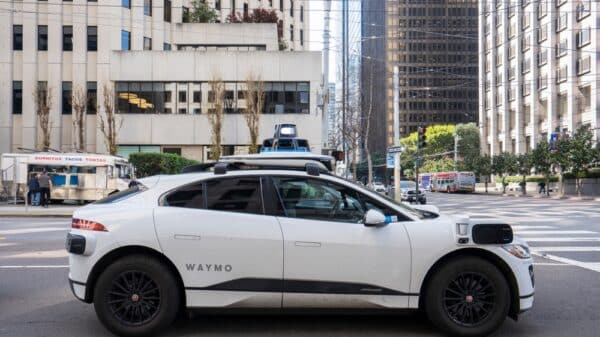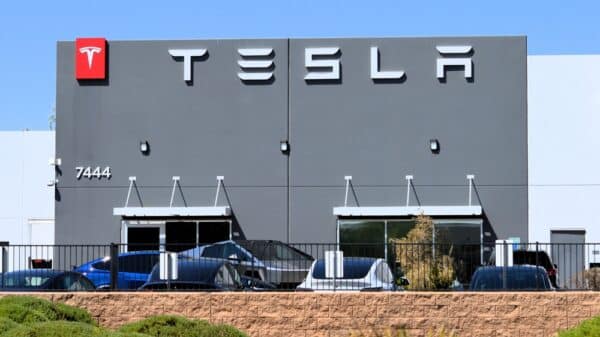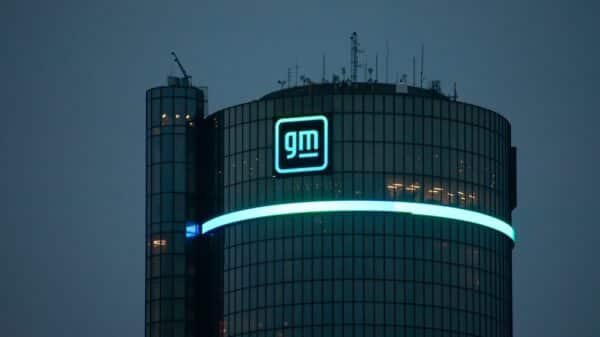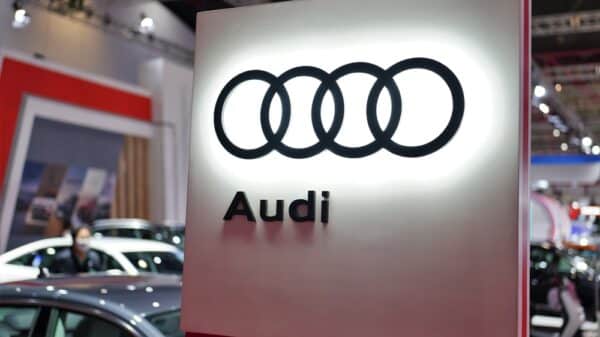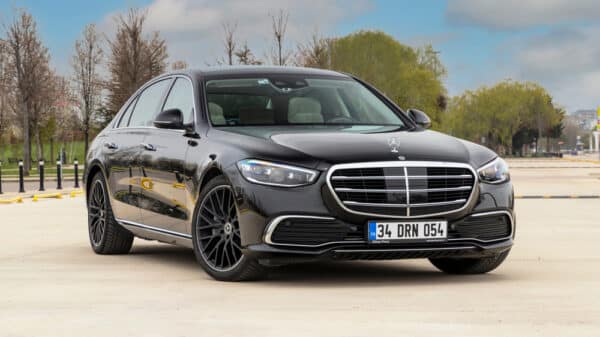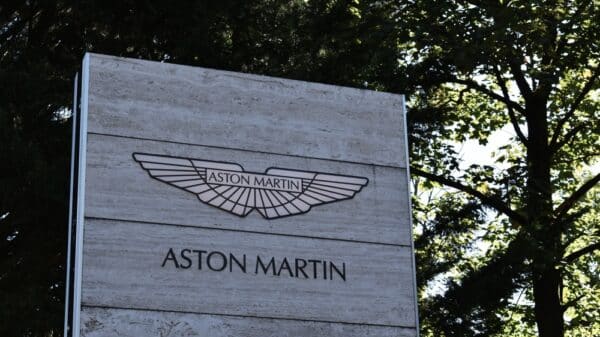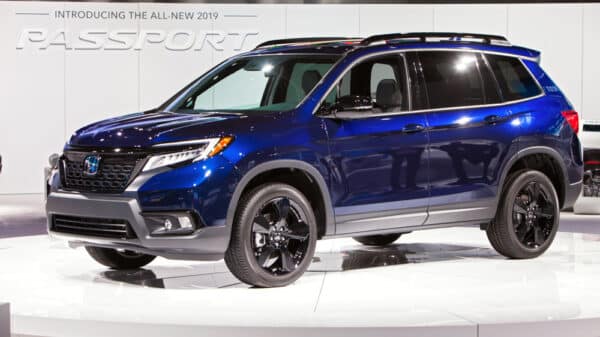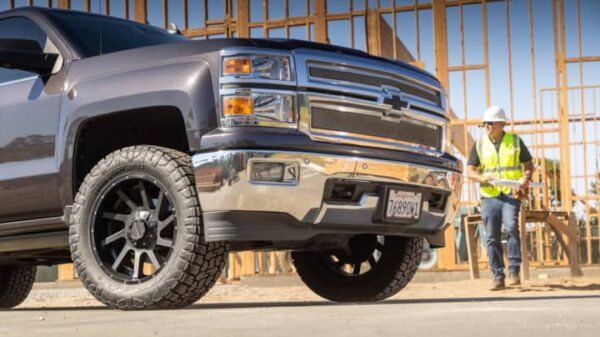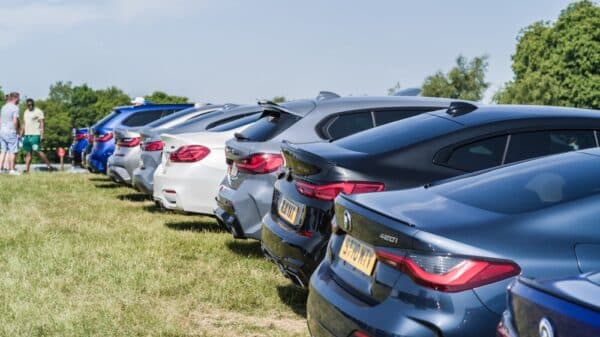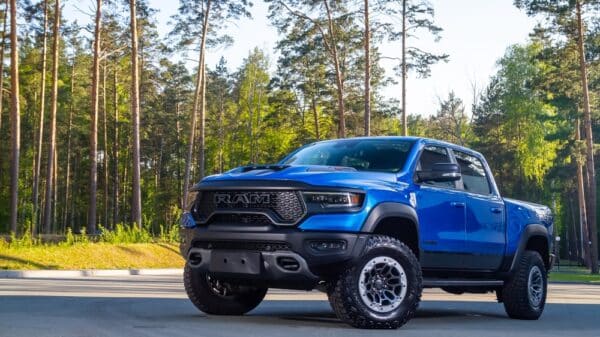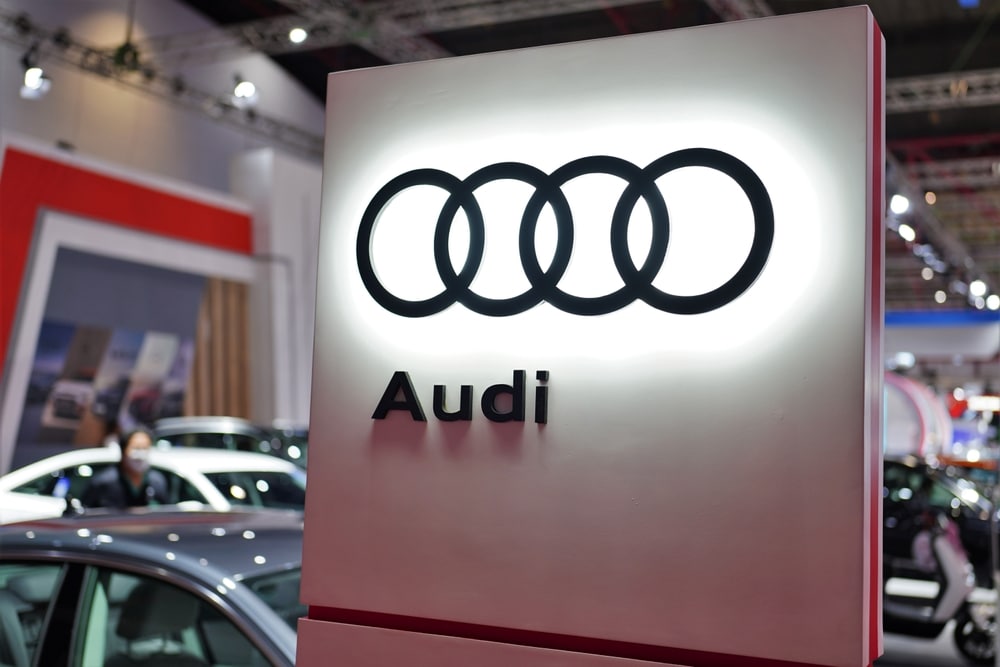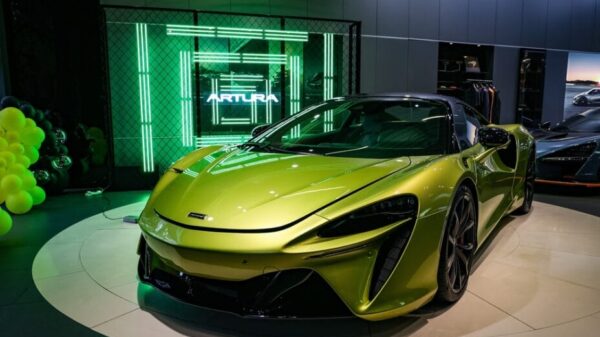Audi is embarking on a significant rethink regarding its strategy to phase out gas engines by 2026. This decision comes in response to the slower-than-anticipated adoption of electric vehicles (EVs), highlighting the challenges facing not just Audi but the entire automotive industry as the marketplace shifts under evolving consumer preferences and global economic pressures.
During the company’s annual general meeting, CEO Gernot Döllner revealed this critical reassessment, indicating that Audi’s plans to launch its final gas engine model in 2026 may no longer hold firm. Döllner expressed the company’s commitment to adapt its production strategy to align with developments in global markets. It’s a move that reflects the reality many businesses face today: the necessity to remain agile and responsive in rapidly changing environments.
The announcement was compounded by disappointing sales figures, with Audi reporting a nearly 12% drop in global sales in 2024. This downturn directly impacted its financial performance, with operating profits plummeting by 38%, resulting in revenues of 3.9 billion euros (approximately $4.3 billion). As a response, Audi outlined a plan to cut 7,500 jobs by 2029, primarily in Germany, signaling that even top brands are not immune to the pressing need for restructuring during tough economic times.
The reality is that many brands, including other automotive giants like Mercedes-Benz and Volvo, had similar ambitious plans to phase out gas engines by the end of the decade. But as EV adoption levels off, these companies are also reconsidering their timelines, a testament to the shifting landscape of the automotive world.
Audi’s struggle to move towards an electric future is exemplified by its recent decisions, such as the closure of its Brussels plant—home to the Q8 E-Tron—prompted by sluggish sales of this electric midsize SUV. With only limited electric offerings in its lineup, the brand’s decline emphasizes the difficult balance that must be struck between innovation and market readiness.
Looking ahead, Audi aims to revitalize its offerings with an ambitious plan to launch over 20 new or updated models within the next two years. This includes new generations of key models like the A6 and Q3 in 2025, as well as a plug-in hybrid option for the A5. The shift toward electric and hybrid models is not just an obligation but a critical opportunity for Audi to weave sustainability into its product lineup while reconnecting with its customer base.
Addressing another vital aspect of its strategy, Döllner hinted at the potential for increased production capabilities in North America, which may serve as a hedge against global uncertainties and logistical challenges. This move reflects a growing trend within the industry, as manufacturers realize the importance of localizing production to meet the demands of their target markets more effectively.
Currently, Audi operates a plant in Mexico focused on the Q5, but there’s speculation that it might explore shared capacity with Volkswagen’s Chattanooga plant or the new Scout facility under construction in South Carolina. Such strategic local investments not only resonate with customers who prefer homegrown products but also help cushion against the impact of international tariffs and trade uncertainties—topics that have dominated discussions in the automotive sector, particularly in recent years.
As Audi navigates these turbulent waters, it’s critical for them to remain transparent and connected with consumers. After all, we’re not just talking about cars; we’re discussing a transition that affects the everyday lives of millions of people who rely on Audi’s innovation to meet their mobility needs. This close connection with their buyer base, along with a willingness to adapt and respond to real-world conditions, will ultimately determine whether Audi can regain its footing in this reshaped landscape of automotive sales.
Image Source: haryanta.p / Shutterstock




